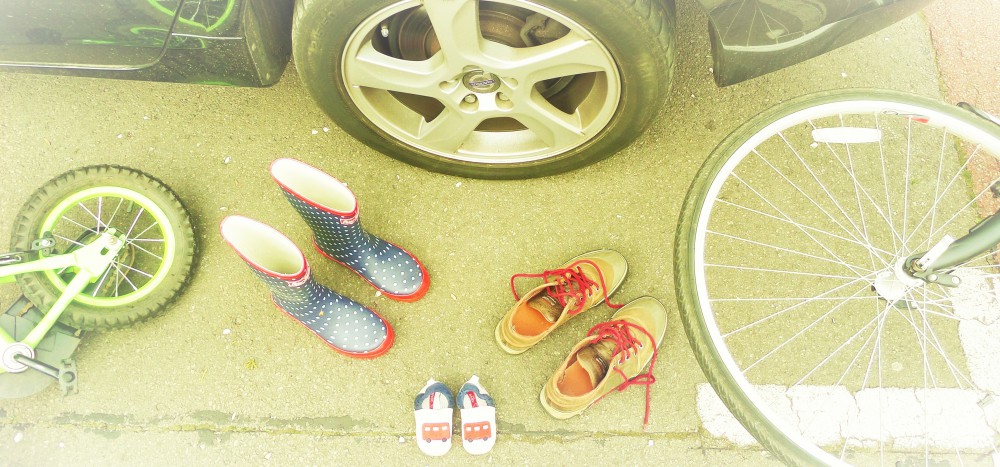Our project is entitled ITEM – Inclusive Transitions to Electric Mobility. The ‘transitions’ bit is important. This is not just a study of electric mobility as it is now or has been in the past or is forecast to be in the future. It is a study of the process of changing from one system to another and the implications that process has for social justice.
We talk about systemic change, because transitions are multi-faceted. The transitions to electric mobility refer to the change from vehicles powered by fossil fuels to those powered by electricity. At face value, this suggests changes in technology and infrastructure, but socio-technical transitions in societies’ dominant means of movement also requires changes in policy, markets, culture and user practices, as well as interactions between all those aspects.
For transitions to electric mobility to decarbonise transport systems, users cannot simply replace their vehicles like for like, excepting only the propulsion system. For transitions to electric mobility to be socially inclusive, policy-makers and planners cannot treat electric mobility exactly as they have 20th century automobility, with all its consequences for equity of access, safety for all road users, and amenities in local neighbourhoods.
Transitions are also neither linear nor singular, occurring along different trajectories in different places. This is why comparison underlines our overarching objective for ITEM: to understand how to accelerate more inclusive transitions to electric mobility.
Here are a few observations on the multi-faceted, non-linear, and spatiotemporally uneven transitions we are observing in our case study cities so far:
Norway is known for being a front-runner in the sale and use of electric vehicles (EVs). EV uptake has shot up exponentially, so that it has progressed well beyond the purview of wealthy enthusiasts. However, downscaling the incentives that were designed to accelerate the transition is politically challenging, as is reducing access to central Oslo or other urban areas for private vehicles generally. Despite recognition that many city dwellers do not own cars at all, cuts in the government’s vehicle funding schemes are fiercely contested. Meanwhile, other forms of electric mobility, such as e-scooters have attracted a gradual process of increasing regulation from an almost non-existent baseline.
The UK set out its stall for the ‘transition’ to EVs when it led COP26 and declared electrification as the main route to decarbonise land transport of both goods and people. However, targets for public charging aside, grant funding and policy support from central government for urban electric mobility has often been indirect and insufficient. Cities like Bristol are left to find creative ways to meet conflicting needs for charging infrastructure or to enable EV purchase, rather than just petrol upgrades, to those affected by the Clean Air Zone. The success of the e-scooter trial is tempered by uncertainty over their longer-term legal status.
Meanwhile, Poland has one of the oldest, dirtiest private vehicle fleets in Europe, but is also one of the leading manufacturers of electric buses in Europe. And in cities like Poznan, electric trams have enabled clean, easy mobility for decades. This ‘old’ electric mobility is more socially inclusive, and the city also sees itself as a leader in electric micro-mobility, even if it is loathe to be first to experiment with Clean Air Zones. So whilst air pollution is a recognised problem, private EVs are considered a completely unaffordable solution.
These observations are also narratives of transition dynamics between places. Oslo is proud of its place in the process and wants to mentor other European cities undergoing their own transitions to electric mobility. Bristol knows it is lagging in EV uptake even compared to other cities in the UK, despite having a head start on EV charging infrastructure, and is relying on businesses to lead the way to accelerated adoption. And Poznan considers itself a laggard in EV terms, but wants to push for electric public transport systems to be more prominent in the transition story.
Such are the tales of transition we have found so far.
